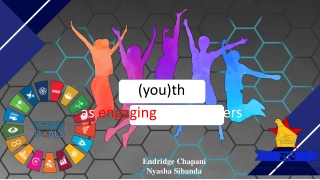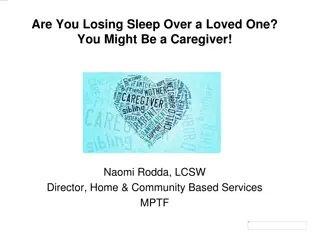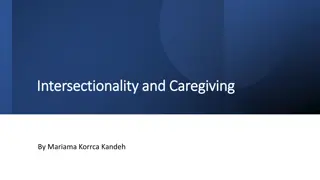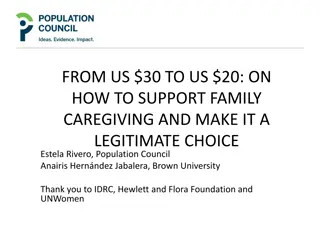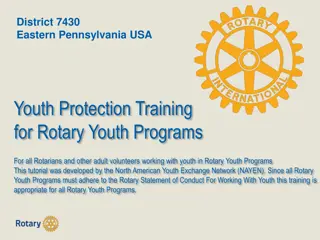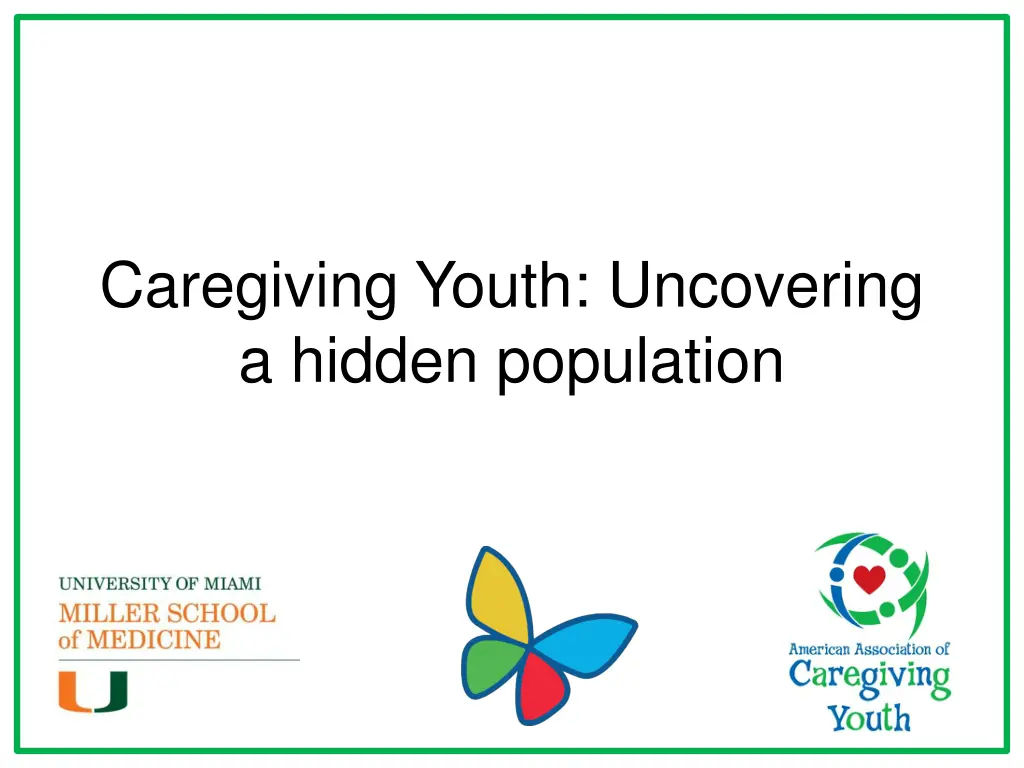
Understanding Caregiving Youth: Uncovering Hidden Realities
Discover the world of Caregiving Youth, children and adolescents under 18 who provide significant assistance to family members in need. Learn about their impact, trends worldwide, and the limited awareness in the US, shedding light on the epidemiology and challenges faced by this hidden population.
Download Presentation

Please find below an Image/Link to download the presentation.
The content on the website is provided AS IS for your information and personal use only. It may not be sold, licensed, or shared on other websites without obtaining consent from the author. If you encounter any issues during the download, it is possible that the publisher has removed the file from their server.
You are allowed to download the files provided on this website for personal or commercial use, subject to the condition that they are used lawfully. All files are the property of their respective owners.
The content on the website is provided AS IS for your information and personal use only. It may not be sold, licensed, or shared on other websites without obtaining consent from the author.
E N D
Presentation Transcript
Caregiving Youth: Uncovering a hidden population
Objectives Introduce and define the term Caregiving Youth Describe the epidemiology of youth who serve as caregivers for family members in the US Illustrate the impact of family caregiving on children s mental and physical health, school achievement and general wellbeing Introduce the Caregiving Youth Project Explore ways of further supporting caregiving youth Describe the caregiving youth study and intervention clinic based model at Children s Hospital Los Angeles
WHO ARE CAREGIVING YOUTH? Children & adolescents <18 years of age who provide significant assistance to relatives or household members who need help due to: Physical or mental illness Disability Frailty associated with aging Substance misuse Other conditions
Trends Worldwide Other countries (UK , Australia) have long recognized Young carers Prevalence estimates: (definitions vary) o 2.1% (England) - 12% (Canada) Numbers are increasing: o UK population increased by 18.7% between 2001 and 2011 o Australian number of Young Carer Allowance recipients more than doubled between 2002 and 2010 Cass 2011, Office for National Vital Statistics 2013, Bray 2012
Trends Caregiving Youth in US Information Limited No recommendations to identify in the medical setting No tracking via census or other measure Even if asked: families may be reluctant to disclose Children are excluded from caregiver support legislation (ex. National Caregiver Support Program) 5
What do we know about Caregiving Youth in the US?
Epidemiology At least 1.3 million child caregivers in the United States (ages 8 18 years) 37% of caregiving households have children younger than 18 years of age 2% of sixth graders in participating schools in Palm Beach County Florida Schools enrolled in the Caregiving Youth Project o An estimated 22% may have been eligible for services based upon initial screening NAC 2005, NAC 2009, Assaf 2015
Demographics of Caregiving Youth in Palm Beach County, FL Among 396 intake forms from sixth graders; enrolled between 2007-2013 Still active as of spring, 2014
Demographics of Caregiving Youth in Palm Beach County, FL 31%Hispanic 21% as Haitian 17% as Caucasian 10% as Black 21% more than one racial/ ethnic group, other or unidentified Age: median 11 Gender: 62% F, 38% M 24% did not list English as a primary language in the home
Primary Care Recipients 19% reported multiple care recipients Grand parent, great-grandparent Parent, stepparent Sibling/ step-sibling Aunt, uncle, great-aunt, great- uncle Other 0 20 40 60 80 100 120 140 160 180
Responsibilities Percent
How much time do Caregiving Youth spend in their role?
Impact Reported being generally healthy oVery healthy 59.6% oOK 37.4% oNot very healthy 3.0% Moderately good levels of caregiving self-efficacy o Terrific 9.7% o Pretty good 50.5% o OK 33.5% o Not so good 5.7% o Terrible 0.5%
Impact: Physical Health Potential effects: Physical responsibilities of beyond physical readiness injury Impact on child receiving adequate well and sick pediatric care Opportunity for research
Impact: Education More than 1/3 of caregiving children reported affects on academic performance Missed school days Fewer extracurricular activities/ school related social events Lateness, absences and poor performance, less time for homework NAC/UHF, 2005; Siskowski, 2006
Impact: Mental Health Less time for childhood activities At risk for anxiety, isolation and depression Social isolation/ stigma Lack of preparation for deterioration and death of loved one Parentification o Roles beyond developmental stage Kavanaugh 2015, NAC/UHF, 2005, Cohen 2012
Benefits for Youth More likely to feel appreciated for the help given at home or to other people Special relationship with the family member to whom they give care Development of mature life skills, compassion and empathy Sense of purpose/ identity (when recognized) Enhanced self-esteem (when recognized) Champlain 2008; Charles 2012

